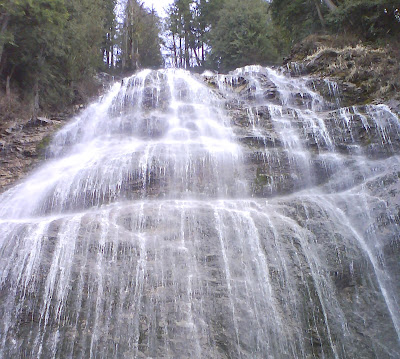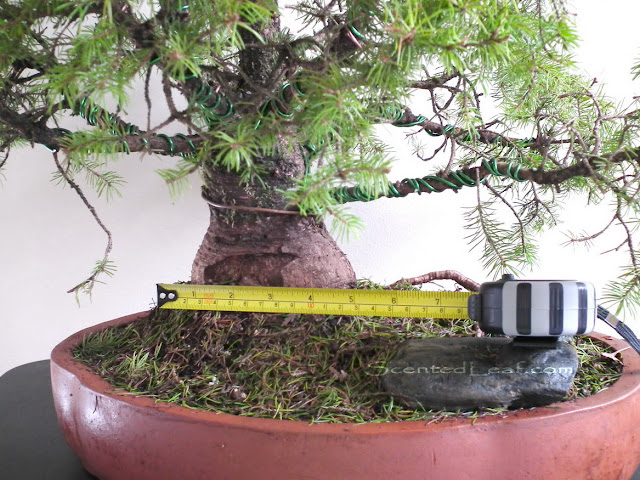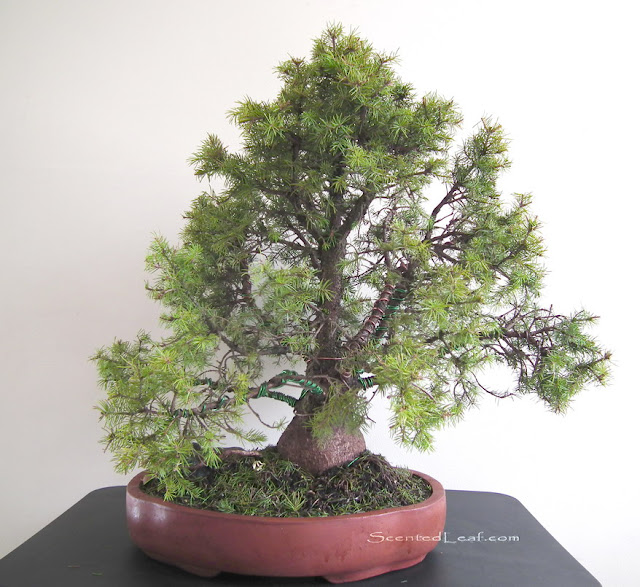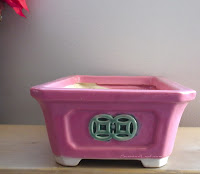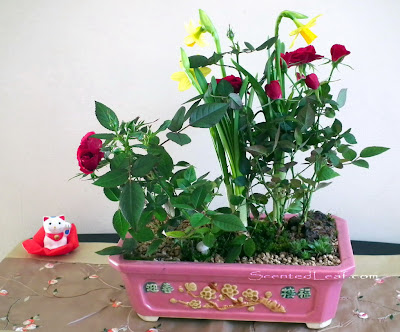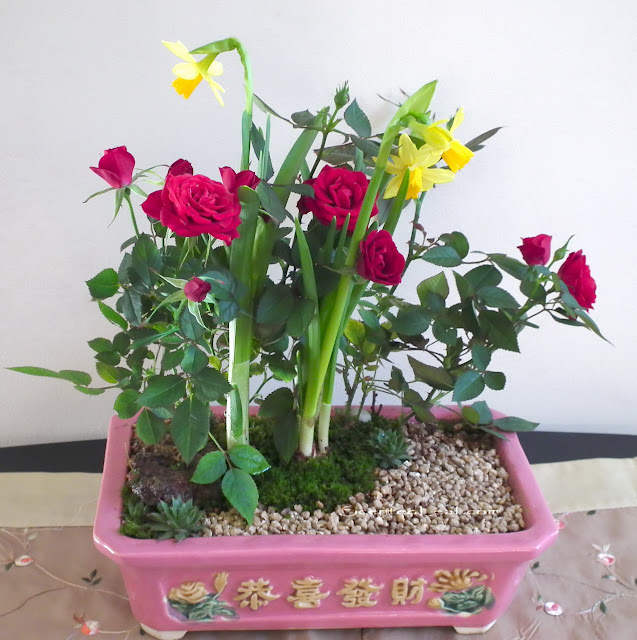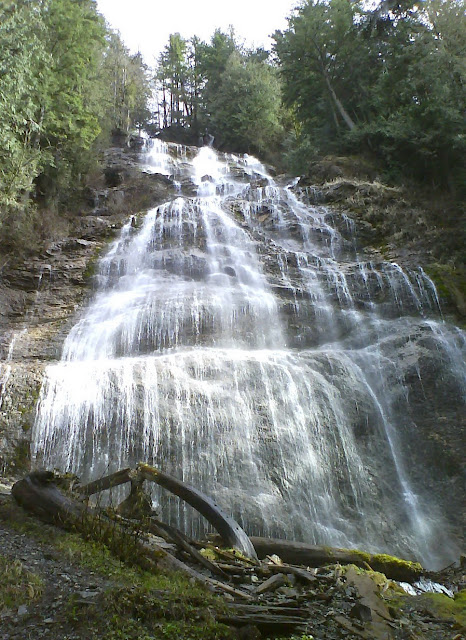 |
| Bridal Veil Falls, British Columbia, Canada, Spring 2010 |
Far away, long ago, I learned to respire harmony when admire the snowy grandeur of mountains or the solitude of the forest. The birds were singing, the wild horses were running on overgrazed pastures hidden under the glowing sky as an ember. My heart used to know that I'm happiest in the middle of nature. We have been spending a little time outside lately and it is so sunny and gorgeous out now...
Thinking thus, last weekend we decided to walk around, just two hours from Vancouver, in the Fraser Valley, to see again
Bridal Veil Falls Provincial Park and
Harrison Hot Springs' landscapes. They are somehow easy to find: follow Hwy #1 to the City of Hope, then take right from the Trans Canada highway, on the same exit (#135) as to the
Minter Gardens.
![-"Lush Lush Green Forest at the base of Mount Cheam]() |
| Lush Green Forest at the base of Mount Cheam |

I almost remember the beauty of the
Fraser Canyon in summer, but in the beginning of the spring, when we try to see "green" anywhere around us... these scenic trees (western red cedar, western hemlock, broadleaf maple still without leaves) decorated with moss, western sword fern and spiny wood ferns, sitting a
t the base of Mount Cheam, are looking even more stunning.
We intended to walk along them till The Bridal Veil Falls, a 60m high "veil-like" waterfall cascading over rocks - but the Park (situated at 16 km of the City of Chiliwack) was closed due to "hazardous winter conditions" and we postponed our visit.

Last year we saw the waterfall and it really does look like the veil of a bride (you can see it in the pictures taken with my mobile phone). So, we continued our day-trip visiting the ancient
village of Popkum. The meaning of the "Popkum" word is "
puffballs" - the mushrooms (fungal species "
Calvatia gigantea" and "
Lycoperdon giganteum") that were an important food source for Popkum First Nation People living in the area in 1700's and later.
 |
| Sasquatch Provincial Park |
Although many other attractions like Dinotown Theme Park or Bridal Fall WaterPark were closed to the season, we visited one gift and antiques shop and snapped a few pictures, then we went to the North passing through the picturesque agricultural community of
Agassiz, where we took a ride around the
Agassiz- Harrison Museum housed in an old Canadian Pacific Railway Station built in 1893 (which is open only from May to October), then continued further North to
Harrison Hot Springs .
.
 |
| Rock Wall near the Road around Harrison Lake |
Harrison Hot Springs, located on the
Harrison Lake's shore, amongst The Coastal Mountains of the British Columbia, it is a small community living in a fairy region: waterways, hot springs, mountains, agricultural landscapes. It is considered the "
Jewel of the Fraser Valley" or "
the SPA-town of Canada "
" and it is a perfect year-round getaway.
We explored (especially for the kids who were so excited) the rural countryside and discovered the wild beauty hiking in
Sasquatch Provincial Park and on the trails around Harrison Hot Springs and its lake.
 |
| Harrison Hot Springs in the evening grayish light |
In the evening, the sky became more grayish, and the beauty of landscapes more intense.

Our last stop before returning to Hwy #1 was to the
Public Pool centrally located and accessible year-round by all visitors to Harrison Hot Springs (usually open between 9am-8pm). We enjoyed a hot bath (around 40 degrees Celsius) in this delightful mineral hot springs indoor pool, then we came back to Vancouver.









